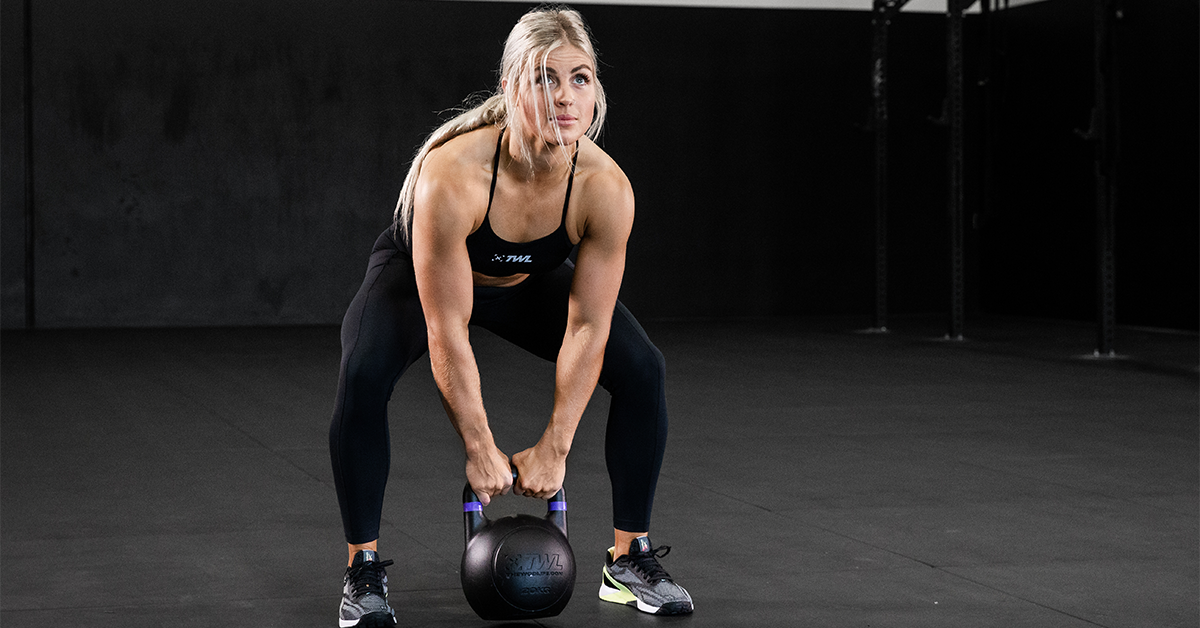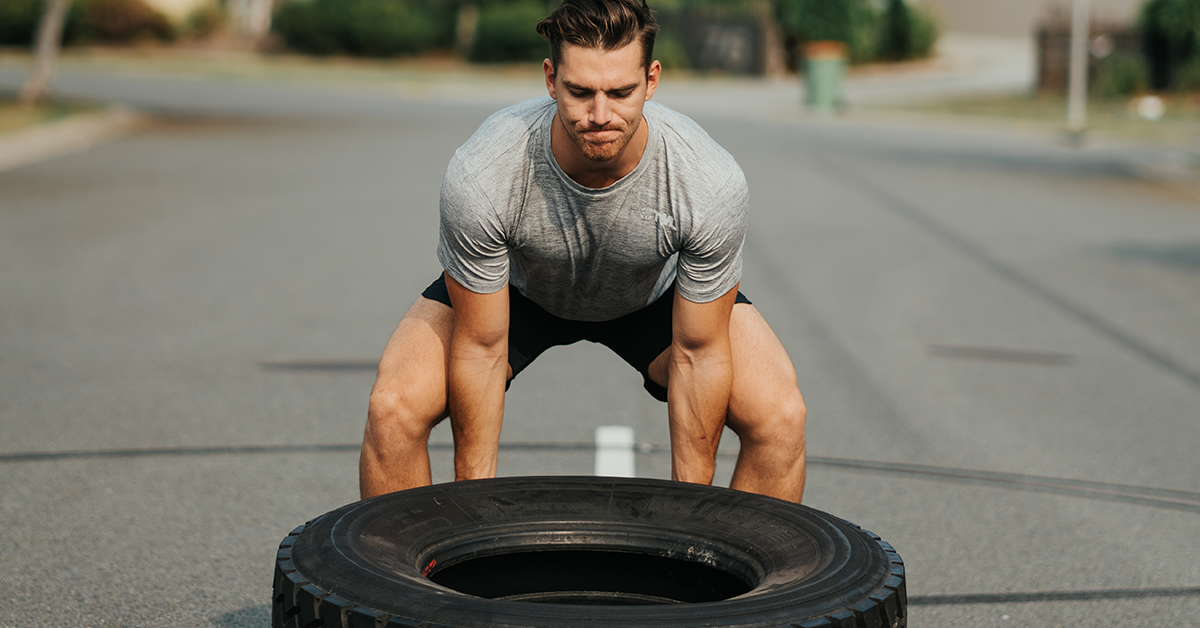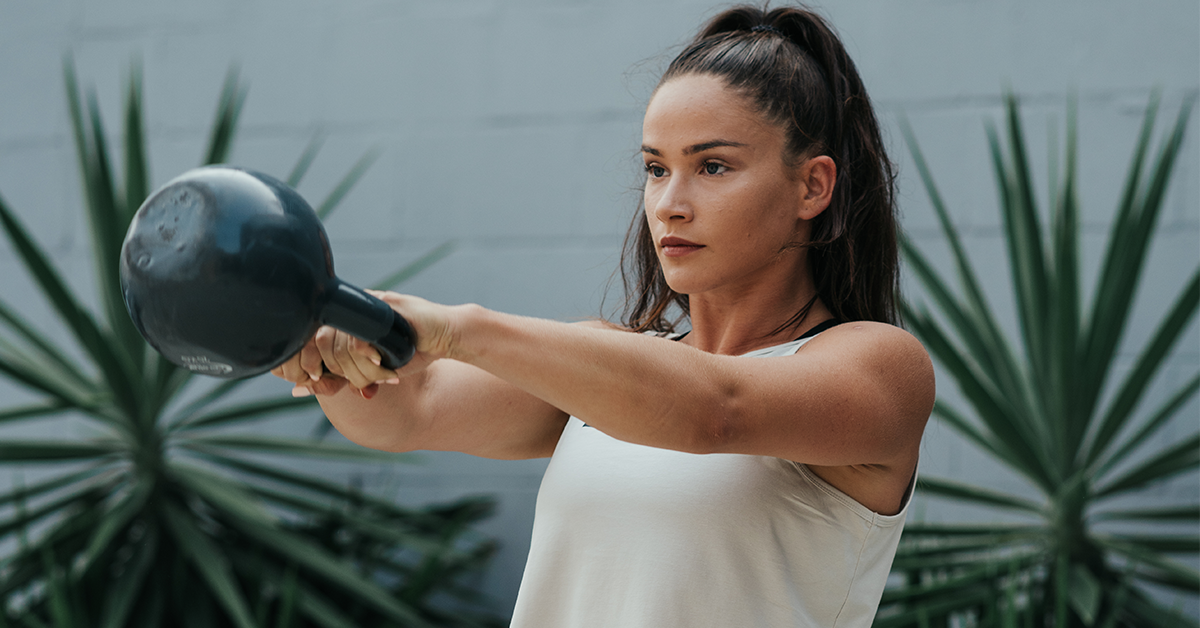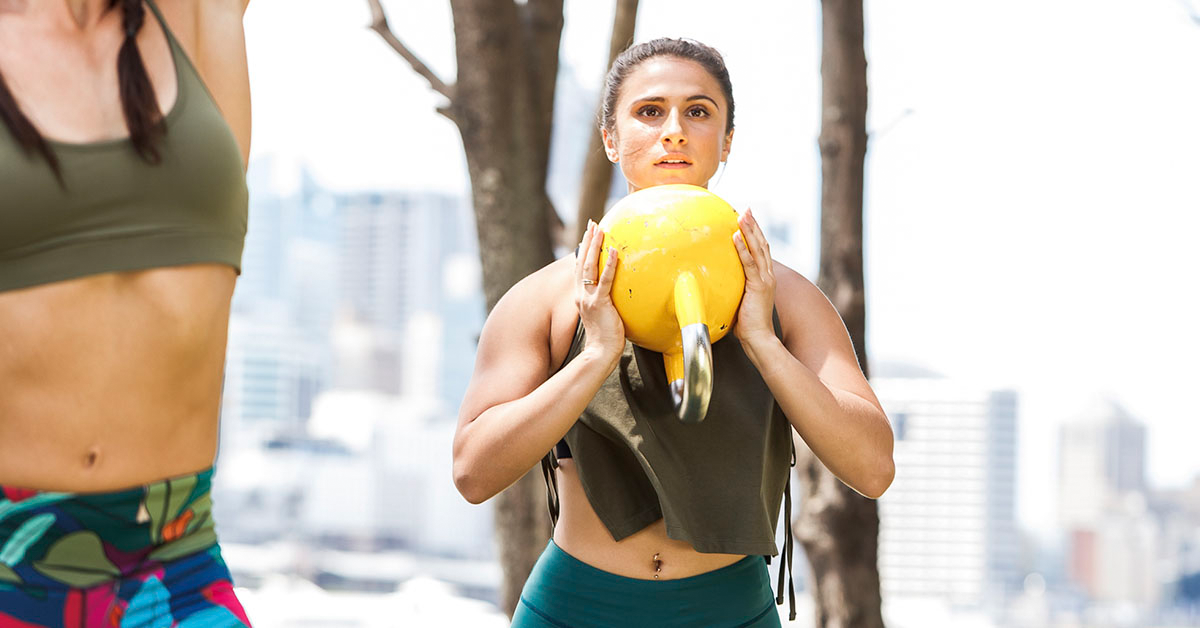We’ve talked before about how much we love kettlebell exercises. The kettlebell is endlessly versatile and allows for a full-body workout. If you want to sweat up a serious burn, try the kettlebell sumo squat.
In this blog, we’ll break down what it is, how to do it, and what the benefits of kettlebell sumo squats are.
What is a Kettlebell Sumo Squat?
When we’re talking about anything “sumo,” in a nutshell, that means that your feet are positioned wider than they normally would be.
For instance, in a traditional deadlift, your feet are slightly inside your grip. In a sumo deadlift, your feet are outside of your grip, which is narrower than normal.
It’s the same for a kettlebell sumo squat. Whereas your feet would normally be hip-width apart (for a squat), you move them apart more than this, with your toes slightly pointed out.
This exercise is technically a combination of a squat and deadlift. Let’s break it down.
Shop Now
How to Do It
Here’s how to execute a kettlebell sumo squat step by step:
- Position your feet outside the width of your shoulders. Point your toes outward slightly.
- Bend only at the hips and knees until your hands meet the kettlebell.
- Grip the kettlebell handle with both hands.
- Extend your hips and knees to stand. This is your starting position.
- Bend at the hips and knees until the kettlebell touches the floor.
- Return to standing. This completes one rep.
Note that your arms should stay straight throughout the exercise. Keep your neck neutral by looking forward (and maybe slightly down — see what feels most comfortable). Check it out!
We mentioned that this is a combination of a squat and deadlift. It’s like a squat because you’re bending the lower half. It’s like a deadlift because you’re picking weight up and setting it down. But unlike a deadlift, you should not be hingeing at the hips! In other words, your torso doesn’t move all that much.
Kettlebell Sumo Squat Benefits
Performing sumo squats with a kettlebell offers a number of benefits. Kettlebell sumo squat benefits include targeting your:
- Glutes
- Quads
- Adductors
- Hamstrings
- Gastrocnemius (which makes up most of your calf muscle)
- Soleus (which lays under your gastrocnemius)
And if you suspected that the exercise also works your core, you are correct! You can’t maintain the proper upright position, alignment, and stability without engaging your core muscles.
The Kettlebell Sumo Squat vs Goblet Squat
Because both movements involve a kettlebell and the word “squat,” athletes sometimes think that they’re interchangeable. However, the two movements are quite different.
In a kettlebell goblet squat, you have a traditional, hip-width stance. Also, you’re holding the kettlebell against your chest with both hands, and that’s where it stays. It looks more like a typical squat, with no deadlifting characteristics involved in the movement.
Will you start training sumo squats with a kettlebell? Begin with a modest weight so that you can first become familiar with the movement and how to perform it safely. Always remember to stay in control, and never sacrifice technique and form for heavier weights or more reps.
Shop The WOD Life’s selection of kettlebells today.

















